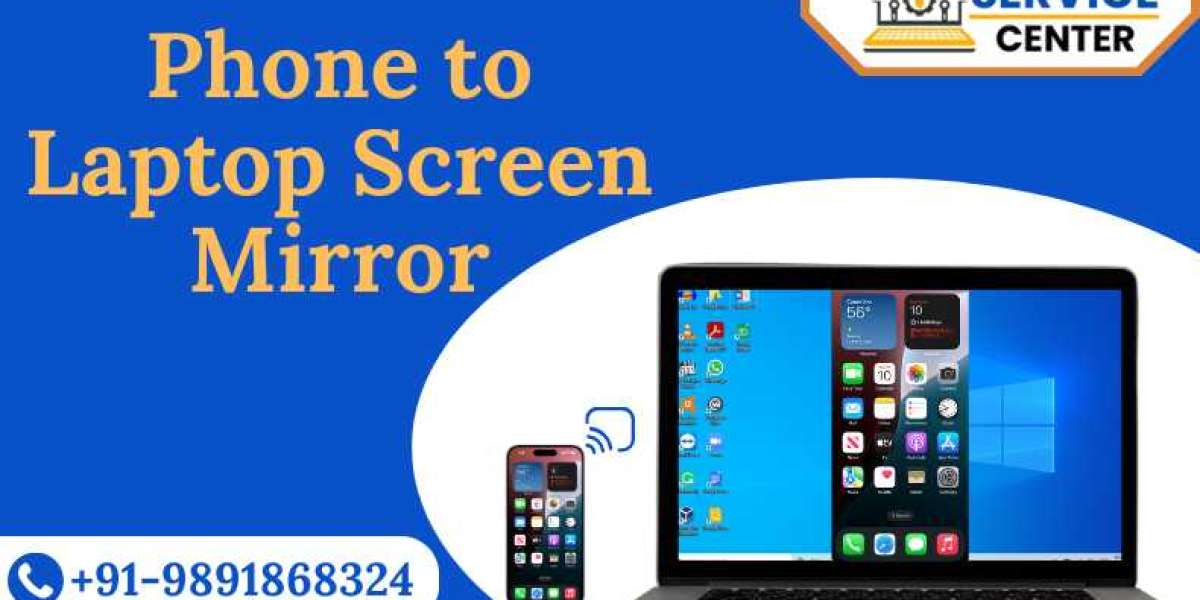When faced with overwhelming debt, it’s easy to feel trapped and unsure of where to turn. Two common solutions often considered are debt consolidation and bankruptcy . While both aim to alleviate financial stress, they operate very differently and have distinct long-term implications. Choosing the right option depends on your unique financial situation, goals, and willingness to commit to a structured repayment plan. In this comprehensive guide, we’ll explore the differences between debt consolidation vs bankruptcy , delve into the various types of debt consolidation, and highlight how organizations like Mountains Debt Relief can help you navigate these options to secure a brighter financial future.
Understanding the Basics: Debt Consolidation vs Bankruptcy
What Is Debt Consolidation?
Debt consolidation involves combining multiple debts into a single loan or payment plan, typically with a lower interest rate. This simplifies the repayment process and reduces the overall cost of debt over time. It’s ideal for individuals who have manageable debt levels but struggle with high-interest rates or multiple monthly payments.
Key Features:
- Combines debts into one manageable payment.
- Often results in lower interest rates and reduced monthly payments.
- Requires discipline and the ability to repay the consolidated amount.
What Is Bankruptcy?
Bankruptcy is a legal process that discharges or restructures debts when an individual cannot meet their financial obligations. It provides immediate relief from creditors but comes with significant long-term consequences, including damage to your credit score and potential asset liquidation.
Key Features:
- Discharges eligible debts (Chapter 7) or restructures them into a repayment plan (Chapter 13).
- Stops collection calls, lawsuits, and wage garnishments.
- Has severe impacts on credit scores and future borrowing opportunities.
Debt Consolidation vs Bankruptcy: A Side-by-Side Comparison
To help you decide which option is better for your financial future, let’s compare debt consolidation and bankruptcy across several key factors:
Feature | Debt Consolidation | Bankruptcy |
|---|---|---|
Cost | Lower interest rates | Legal fees and administrative costs |
Impact on Credit Score | Temporary dip, long-term improvement | Long-lasting damage (7–10 years) |
Duration | Flexible (depends on repayment plan) | Chapter 7: 3–6 months; Chapter 13: 3–5 years |
Debt Reduction | Reduces total interest paid | Full discharge (Chapter 7) or partial repayment (Chapter 13) |
Suitability | Best for manageable debt | Last resort for unmanageable debt |
While both options aim to provide relief, they cater to different levels of financial distress. Debt consolidation is proactive and focuses on repayment, while bankruptcy is reactive and often involves giving up assets or future financial flexibility.
What Are the Different Types of Debt Consolidation?
Debt consolidation isn’t a one-size-fits-all solution. There are several methods available, each suited to different financial situations. Let’s explore the most common types:
1. Debt Consolidation Loans
A debt consolidation loan is a personal loan used to pay off multiple debts. The loan typically has a fixed interest rate and term, making it easier to budget and repay.
Pros:
- Simplifies payments into one monthly installment.
- Often offers lower interest rates than credit cards.
- Helps build credit if payments are made consistently.
Cons:
- Requires good credit to qualify for favorable terms.
- May involve origination fees or prepayment penalties.
Ideal Candidates:
Individuals with moderate debt levels and decent credit scores.
2. Balance Transfer Credit Cards
A balance transfer credit card allows you to move existing balances to a new card with a low or 0% introductory APR for a specified period (usually 6–18 months).
Pros:
- Reduces interest costs significantly during the promotional period.
- Simplifies payments by consolidating balances onto one card.
Cons:
- Balance transfer fees (typically 3–5% of the transferred amount) apply.
- Requires strong credit to qualify.
- If the balance isn’t paid off within the promotional period, remaining balances will accrue interest at standard rates.
Ideal Candidates:
Individuals with high-interest credit card debt who can pay off the balance quickly.
3. Home Equity Loans or Lines of Credit (HELOCs)
If you own a home, you can use a home equity loan or HELOC to consolidate debt. These loans use your home as collateral and often come with lower interest rates than unsecured loans.
Pros:
- Lower interest rates compared to personal loans or credit cards.
- Tax-deductible interest in some cases.
Cons:
- Puts your home at risk if you default.
- Closing costs and appraisal fees may apply.
Ideal Candidates:
Homeowners with substantial equity and stable income.
4. Debt Management Plans (DMPs)
A Debt Management Plan (DMP) is a structured repayment program offered through nonprofit credit counseling agencies. It consolidates multiple debts into a single monthly payment and negotiates lower interest rates with creditors.
Pros:
- Reduces interest rates and waives late fees.
- Stops collection calls and lawsuits.
- Provides financial education and ongoing support.
Cons:
- Typically lasts three to five years.
- May involve setup and monthly fees.
- Could temporarily close credit accounts, affecting your credit mix.
Ideal Candidates:
Individuals with high-interest credit card debt who need professional guidance to regain control.
When Should You Consider Bankruptcy?
Bankruptcy should only be considered as a last resort when all other options have been exhausted. Here’s when it might be appropriate:
1. Unmanageable Debt Levels
If your total debt exceeds 50% of your annual income and you have no realistic way to repay it, bankruptcy may be the only viable option.
2. Severe Financial Hardship
Events like medical emergencies, job loss, or divorce can leave you unable to meet basic living expenses, let alone debt payments.
3. Asset Protection
In some cases, filing for bankruptcy can protect your assets from seizure by creditors. For example, Chapter 13 allows you to keep your home while restructuring debts into a manageable repayment plan.
The Impact of Bankruptcy on Your Financial Future
While bankruptcy provides immediate relief, it comes with significant drawbacks that can affect your financial life for years to come.
1. Credit Score Damage
Filing for bankruptcy can drop your credit score by 200 points or more. It remains on your credit report for:
- Chapter 7: 10 years.
- Chapter 13: 7 years.
2. Difficulty Obtaining Credit
After bankruptcy, obtaining new loans, credit cards, or even rental housing can be challenging. Lenders may view you as a high-risk borrower.
3. Emotional and Psychological Toll
The stigma of bankruptcy can lead to feelings of shame, guilt, or failure. It’s important to seek emotional support during this process.
How Mountains Debt Relief Can Help
Navigating the complexities of debt consolidation and bankruptcy can be overwhelming. That’s where Mountains Debt Relief comes in. As a trusted provider of debt management solutions, they offer personalized programs designed to help clients minimize their debt and achieve financial freedom.
Why Choose Mountains Debt Relief?
- Certified Experts: Their team consists of certified credit counselors and financial advisors who understand the nuances of debt relief.
- Tailored Solutions: Every client receives a customized plan based on their unique financial situation and goals.
- Transparent Pricing: Unlike predatory companies, Mountains Debt Relief provides clear, upfront pricing with no hidden fees.
- Proven Track Record: Thousands of satisfied clients have successfully reduced their debt burdens through their programs.
Success Stories
Here’s what some past clients have said about their experience with Mountains Debt Relief:
"I was buried under $50,000 of credit card debt and didn’t know where to turn. Mountains Debt Relief helped me enroll in a Debt Management Plan, and I’m now on track to be debt-free in just three years!" – Emily R.
"Their counselors were compassionate and knowledgeable. They negotiated lower interest rates with my creditors and gave me peace of mind knowing I had a plan." – David M.
Services Offered by Mountains Debt Relief
- Free Consultations: Get expert advice without any obligation.
- Debt Management Plans: Consolidate and reduce your debts through structured repayment programs.
- Financial Education: Learn valuable skills to manage money effectively and avoid future debt.
- Ongoing Support: Receive regular check-ins and guidance throughout your journey.
Steps to Take Before Making a Decision
Before choosing between debt consolidation and bankruptcy, consider the following steps:
Step 1: Assess Your Financial Situation
Evaluate your current debts, income, and expenses to determine whether debt consolidation or bankruptcy is necessary. For example:
- If you have manageable debt levels, a DMP or consolidation loan might suffice.
- If your debt is insurmountable, bankruptcy could be the only option.
Step 2: Research Providers Thoroughly
Look for accredited organizations with positive customer reviews. Avoid companies with a history of complaints or unethical practices.
Step 3: Understand the Terms and Conditions
Read the fine print to understand what’s included, excluded, and any associated costs. Be wary of hidden fees or overly restrictive clauses.
Step 4: Consult a Financial Advisor
If you’re unsure about which option is right for you, consult a certified financial advisor. They can help you weigh the pros and cons and make an informed decision.
Conclusion: Choose the Path to Financial Freedom
Both debt consolidation and bankruptcy offer paths to financial relief, but they cater to different needs and circumstances. Debt consolidation is proactive and focuses on repayment, making it ideal for those with manageable debt levels. Bankruptcy, on the other hand, is a last resort for individuals facing severe financial hardship.
By understanding the differences between debt consolidation vs bankruptcy , exploring the various types of debt consolidation, and working with trusted providers like Mountains Debt Relief , you can take proactive steps to secure your financial future.
Don’t let debt hold you back any longer. Contact a certified debt relief provider today and take the first step toward regaining control of your finances. With determination and the right support, you can overcome even the tallest “mountains” of debt.
Call to Action
Ready to start your journey to financial freedom? Visit Mountains Debt Relief ’s website or call their team of experts to schedule a free consultation. Remember, the sooner you act, the sooner you can begin living debt-free!
This article targets keywords like "Debt Consolidation vs Bankruptcy," "What Are the Different Types of Debt Consolidation?" and "Mountains Debt Relief" while providing actionable insights and practical advice for readers. It aims to educate and inspire individuals to seek professional help and take control of their financial futures.








